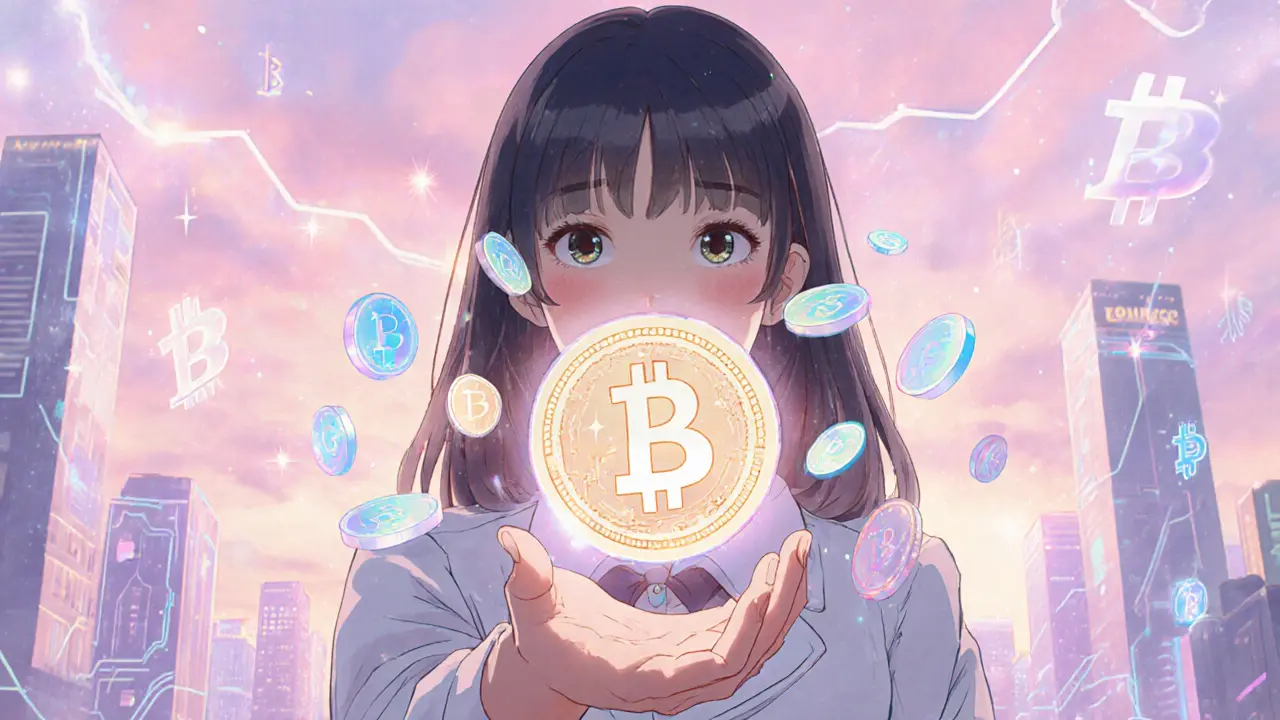JRT Token Explained – Everything You Need to Know
When working with JRT token, you’re dealing with JRT token, the native utility token of the Juice Rewards platform that powers transaction discounts, staking rewards, and governance voting. Also known as Juice Reward Token, it blends tokenomics, a supply schedule that mixes inflationary minting with periodic token burns to manage scarcity with broad market access. Because the token lives on an Ethereum‑compatible chain, you can buy and sell it on major crypto exchanges, platforms such as Binance, KuCoin, and decentralized swap services. In addition, many users lock JRT in yield farming, strategies that stake the token in liquidity pools to earn extra rewards. Understanding how these pieces interact is the first step to figuring out whether JRT belongs in your crypto toolbox.
Key Aspects of JRT Token
The heart of JRT’s appeal lies in its tokenomics. The token starts with a fixed initial supply, but a controlled inflation rate of 4% per year adds new coins to reward active participants. Simultaneously, the protocol burns a portion of transaction fees, creating a deflationary pressure that can offset inflation over time. This dual‑mechanism means the price dynamics of JRT are shaped by both supply growth and demand‑driven scarcity – a classic example of how tokenomics influences market behavior. Governance is another pillar: holders can vote on protocol upgrades, fee structures, and new partnership proposals, making the token both a financial asset and a decision‑making tool. To take advantage of these features, users typically stake JRT on the platform, which unlocks higher reward tiers and voting power. Staking also serves as the gateway to yield farming opportunities, where JRT can be paired with other assets in liquidity pools on decentralized exchanges, generating extra token emissions as incentives. In short, JRT token encompasses utility, governance, and reward generation, requires staking to unlock its full potential, and its tokenomics influences price trends for traders and investors alike.
Beyond the mechanics, the ecosystem around JRT is expanding. New partnerships with payment processors allow merchants to accept JRT at discount rates, while integrations with DeFi aggregators make it easier to swap JRT for stablecoins or other tokens in a single click. Regulatory chatter is also part of the conversation; because JRT operates on a public blockchain, it remains largely unregulated, but major exchanges perform the usual KYC/AML checks before listing it. All these elements – tokenomics, exchange availability, yield farming, and governance – create a multi‑layered landscape that can be both rewarding and complex. Below you’ll discover in‑depth articles covering token mechanics, exchange reviews, farming strategies, and more, giving you the practical knowledge you need to decide if JRT fits your investment plan.
Jarvis Network (JRT) Explained: What It Is, How It Works, and Key Risks
Mar, 22 2025
A clear, 2025‑up‑to‑date guide on Jarvis Network (JRT): what it does, how it works, token utility, market data, risks, and how to get started.
Read Article→
